Emma Brown
Posts tagged with User Research
Showing 1 - 10 of 36 items
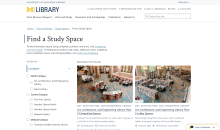
Find a Study Space is a brand new feature on the library website that launched in August 2025, improving our existing study space content and providing students with a new way to explore library study spaces. Learn about our research and design process and some of the key findings we discovered that informed the final product.
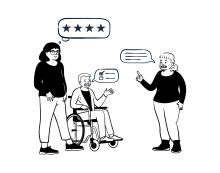
The second Library Search Benchmark Survey launched earlier this year and we gathered feedback from students, faculty, staff and library employees about finding and accessing materials through Library Search. We also measured changes in user satisfaction, ease of use, user challenges and wins from our first survey in 2022. Participation from users outside the library grew significantly and responses helped us identify clear and actionable insights we’re excited to share and act on in the coming year.
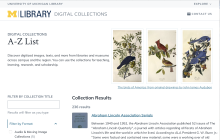
Olivier Bahizi, recipient of our summer 2025 Fellowship in Library User Experience, shares insights from his study of challenges users face when navigating the U-M Library's archival and digital collections across several platforms. Key themes include difficulties in discovery and access, limitations due to metadata, and lack of awareness and information literacy about archival materials.
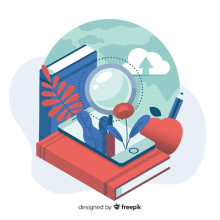
What are the main characteristics of search queries submitted from the “What can we help you find” search in the lib.umich.edu homepage, and how relevant are results in our U-M Library Search “Everything” results? Learn how our small team gathered, categorized, and analyzed queries, and their results to reveal trends and insights from search query behaviors that will help us improve people’s experience finding promising materials in the Library.

In April 2023, the U-M Library opened a newly renovated floor, the Clark Commons, on the 3rd floor of the Shapiro Library. During the first year the Clark Commons was open (April 2023-May 2024), we collected a number of data points to assess whether the design goals for the public spaces on the floor were being met and to try to capture use trends. Throughout this initiative, a combination of qualitative and quantitative methods were used to capture both attitudinal and behavioral data in order to document lessons learned from this renovation that could be applied during future renovations.
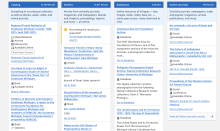
LIT’s Design and Discovery department received generous support from an anonymous donor to fund a Library User Experience Research Fellow position. Our first fellow was Suzan Karabakal, a master’s student at the U-M School of Information. She investigated and recommended changes to the way Library Search presents results. Suzan conducted user research to identify specific changes we could make to improve our “Everything” results screen and search results for Catalog and Articles.

This blog post explores the challenges faced by novice users of the University of Michigan's Library Search interface, drawing on user research conducted with undergraduate students and librarians. The research aimed to understand how students approach library searches, to identify their pain points, and learn how they navigate the Everything results page. By gaining insights into these areas, the research aimed to identify opportunities for improvement and inform the design of more user-friendly library search tools.
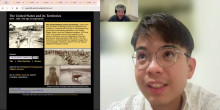
Part 2 of the series "Uncovering Needs of Filipino Researchers with our Philippines Digital Collection" explores a UX research study aimed at improving the University of Michigan’s Philippines digital collection interface. The study initially focused on understanding user pain points with the legacy collection interface. Following the launch of a redesigned interface, short-term fixes were implemented based on user feedback, while long-term needs were documented for future platform updates.
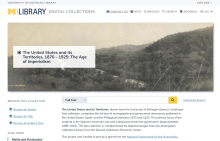
In June 2003, the University of Michigan Library launched the Philippines digital collection, “The United States and its Territories, 1870 - 1925: The Age of Imperialism.” Featuring over 4,000 historical texts, it has seen significant engagement from Filipino users for twenty years. Contextual inquiry interviews with Filipino researchers revealed their appreciation for the preservation and access to historical materials, their enthusiasm for being included in research and design activities and opportunities to improve usability in specific areas. Our findings show the importance of enhancing digital collections to support researchers and preserve cultural heritage, especially for communities who have experienced the loss of these materials in their country of origin.
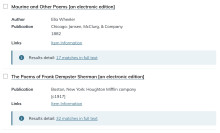
As user experience researchers and designers, it is our job to design better solutions for complex interfaces. Read on to learn our research and design process from discovering a usability issue to proposing solutions in collaboration with developers.